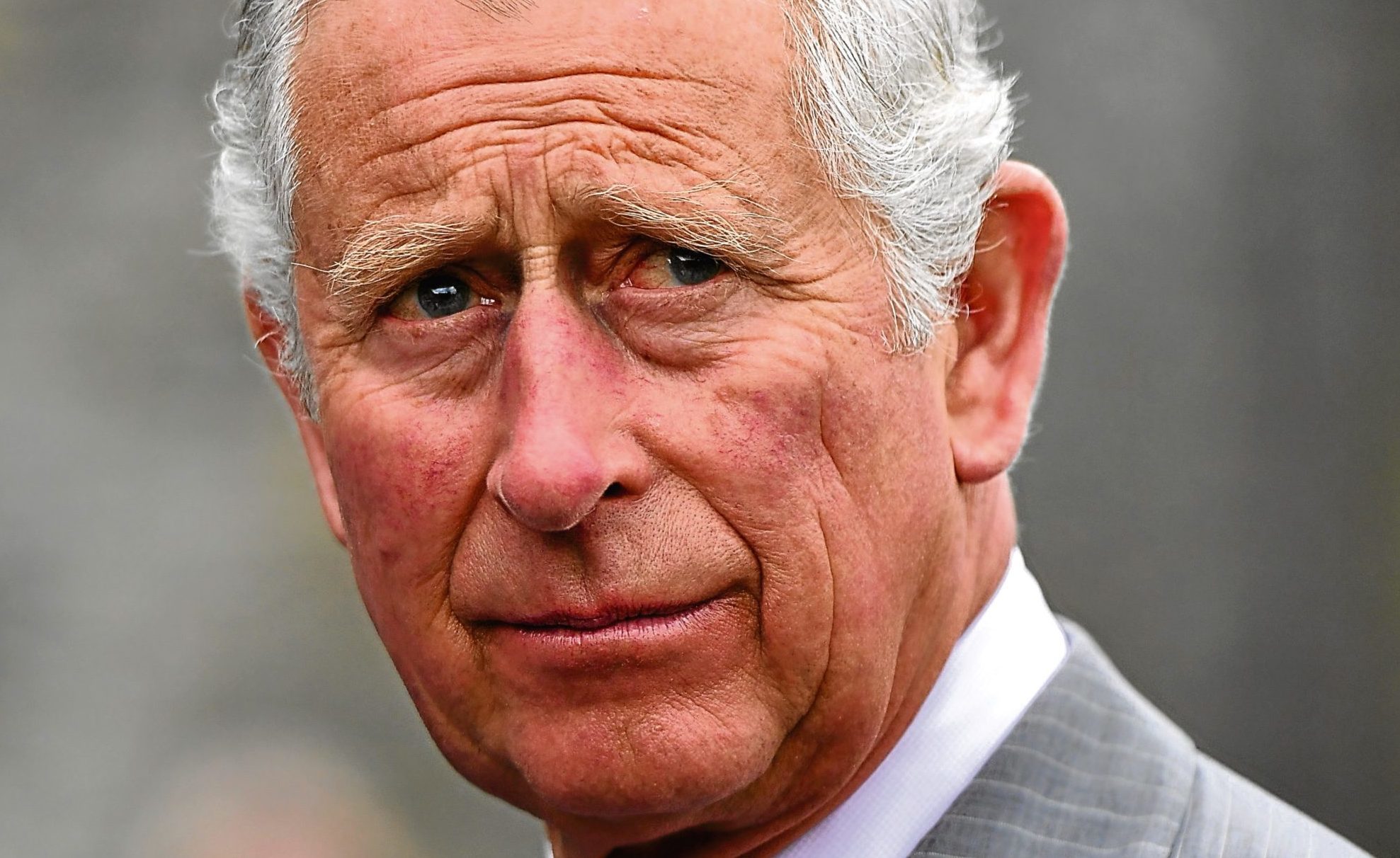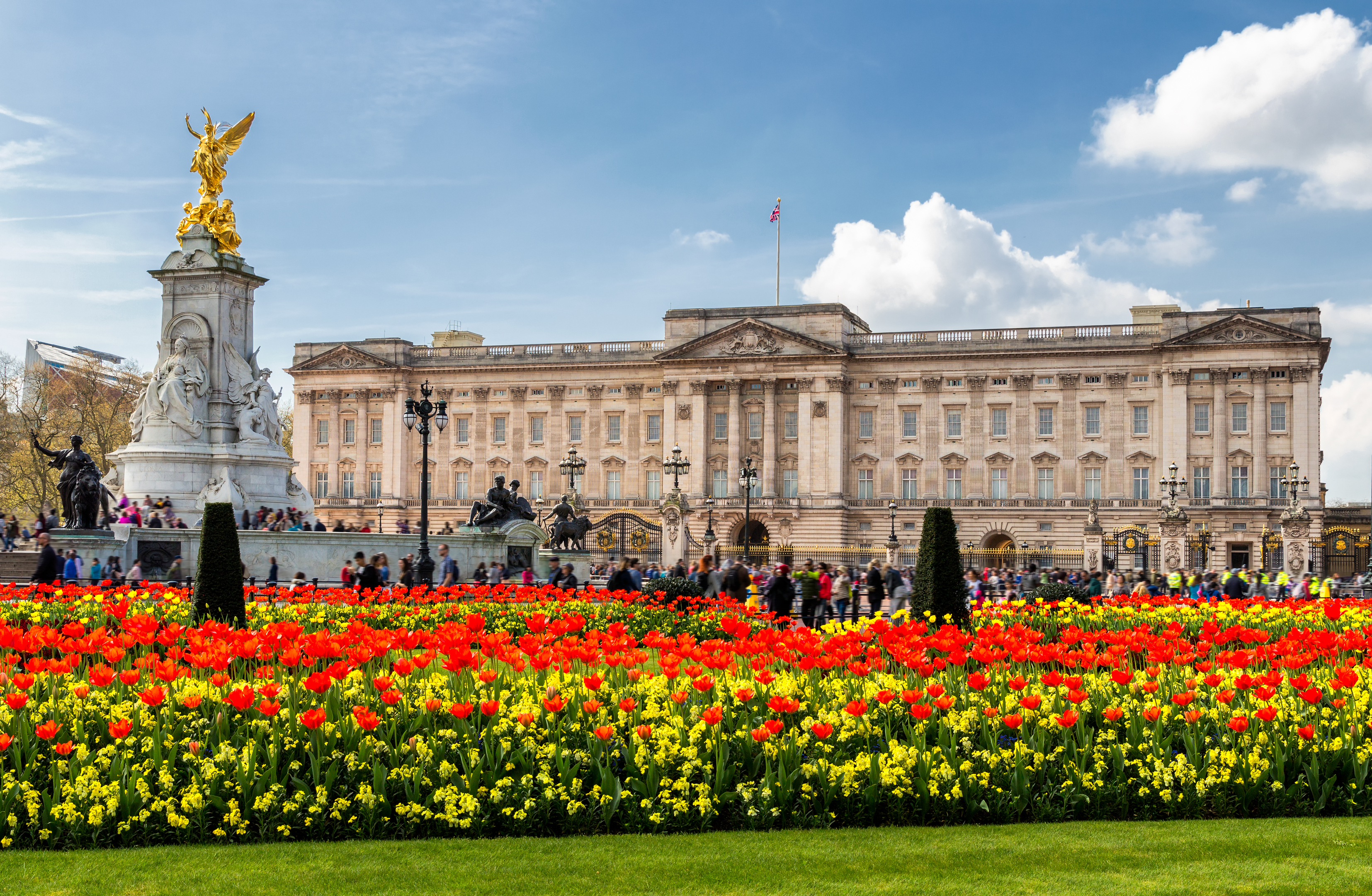
THE Queen will be the last monarch to live in Buckingham Palace.
The Prince of Wales wants to give up “Buck House” as a royal residence when he becomes King, and has long asked: “Who wants to live on a roundabout in Central London?”
He’s already discussing plans to turn it into a more businesslike “monarchy HQ”, say royal insiders.
The Duke of Cambridge is also believed to agree that the palace is too large and costly for modern family life.
Prince Charles thinks it could be made more commercially viable by opening it to the public on a larger scale than is possible with the Queen in residence.
It’s been reported that Charles has told staff he does not intend to live at the palace.
One aide said the prince was “very comfortable” at Clarence House, his London home formerly occupied by the Queen Mother, and both he and the Duchess of Cornwall are believed to be keen to remain living there.
“I know he is no fan of the ‘big house’ as he calls the palace,” said a source.
“He doesn’t see it as a viable future home or a house that’s fit for purpose in the modern world.
“He feels its upkeep, both from a cost and environmental perspective, is not sustainable.”
Staff have had informal discussions over the future use of the 775-room palace which is mainly open to visitors from late July until October when the Queen takes her annual holiday in Balmoral.
Under Charles, it might become a museum open for longer periods with an exhibition dedicated to his mother’s record-breaking reign.
“What’s to say Buckingham Palace can’t be opened to the public for at least six months, while keeping the state rooms pristine for use during big occasions?” said another palace insider.
“That would be a modern approach and he’ll be thinking along those lines.”
Another source added: “It makes perfect sense commercially to offset the costs of running such a big place by extending availability to the ticket-buying public.”
A Clarence House spokesman said: “Buckingham Palace will remain the official London residence of the monarch.”
A royal aide added: “We have continued to say that Kensington Palace will be the Duke of Cambridge’s residence throughout the next reign, whereupon he will move into Buckingham Palace.”
British sovereigns have occupied Buckingham Palace since Queen Victoria moved there in 1837.
Sources have suggested that under Charles, the palace would continue to host state occasions and diplomatic receptions and might provide space for his private office and communications team.
No major changes to the running of the palace are expected while the Queen is alive.
The Duke of York and the Earl and Countess of Wessex occupy flats at Buck House where several other family members keep offices.
The palace is undergoing a £369 million refurbishment and the Treasury says the building needs an “urgent overhaul” to prevent the risk of fire, flood and damage.
The discussion of the palace’s future comes amid reports of differences between senior courtiers at the palace and Clarence House over how to manage the transition of power between the Queen and Charles.

Enjoy the convenience of having The Sunday Post delivered as a digital ePaper straight to your smartphone, tablet or computer.
Subscribe for only £5.49 a month and enjoy all the benefits of the printed paper as a digital replica.
Subscribe